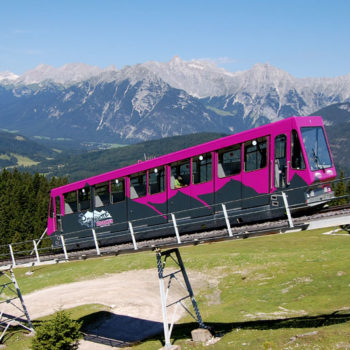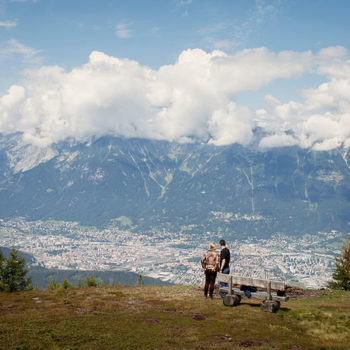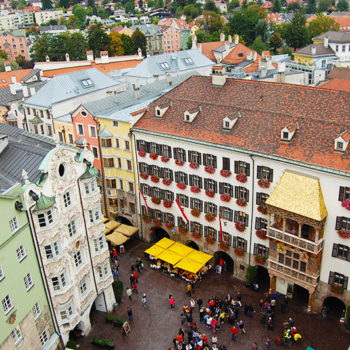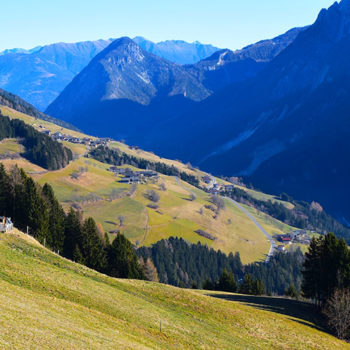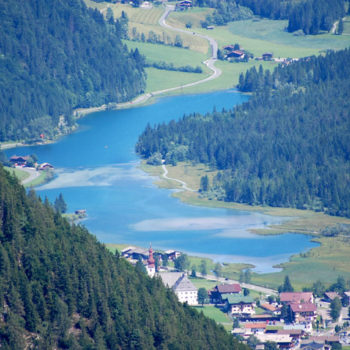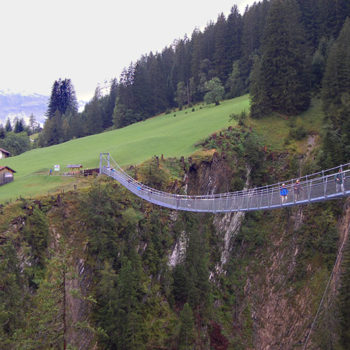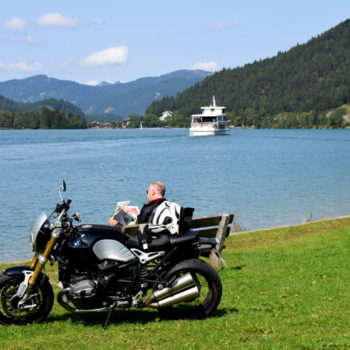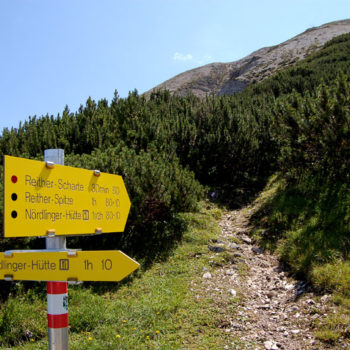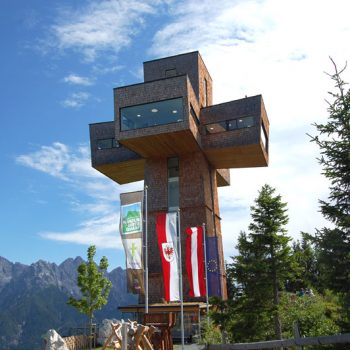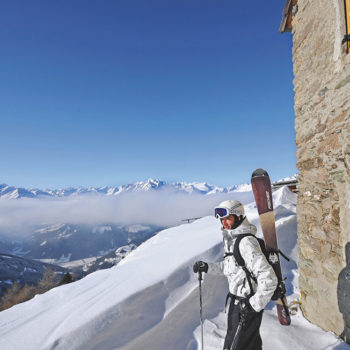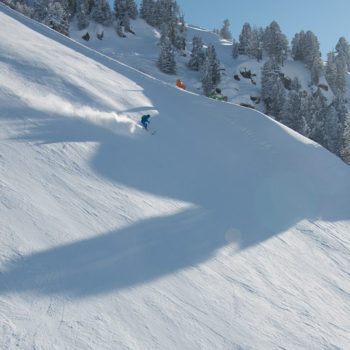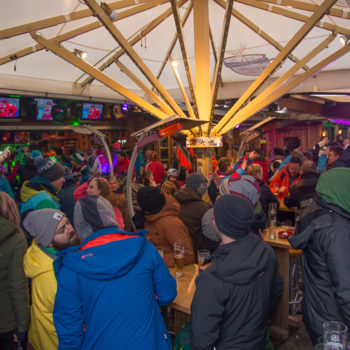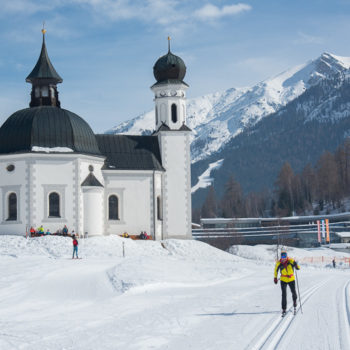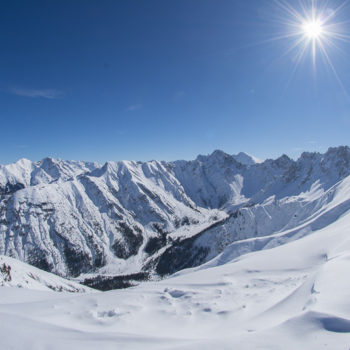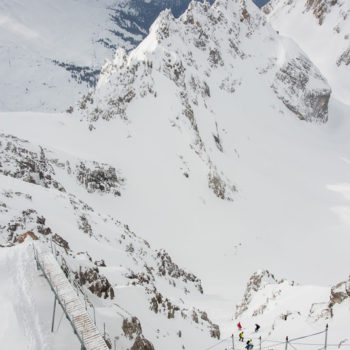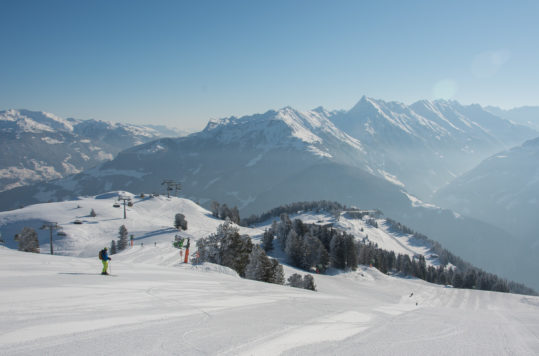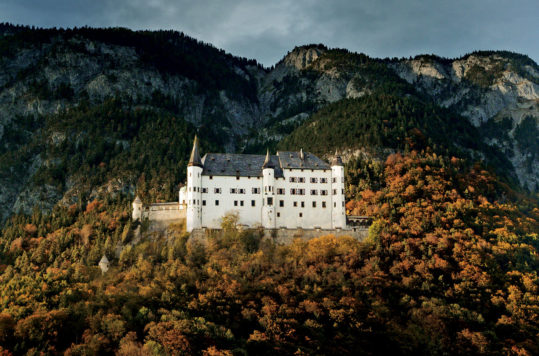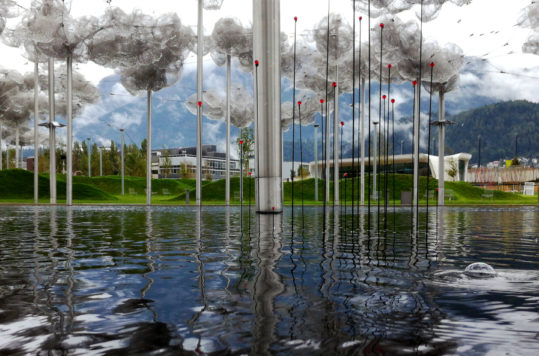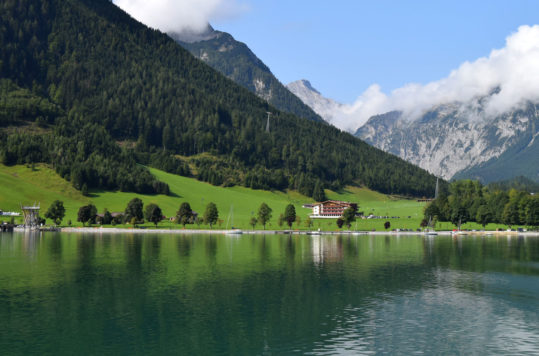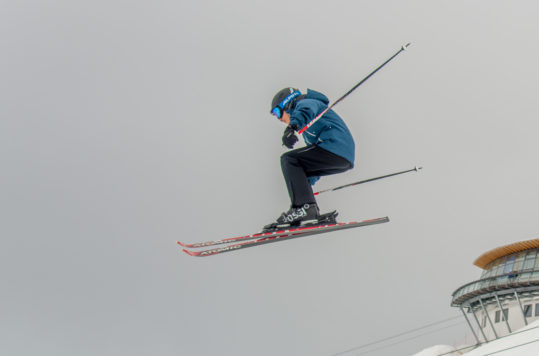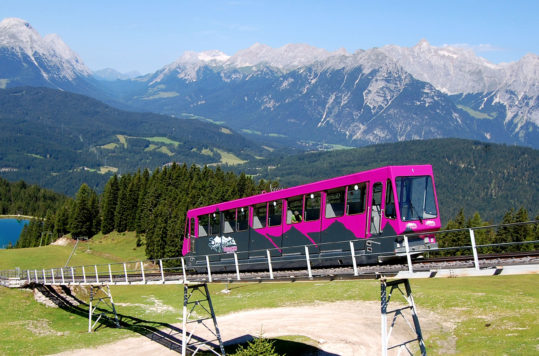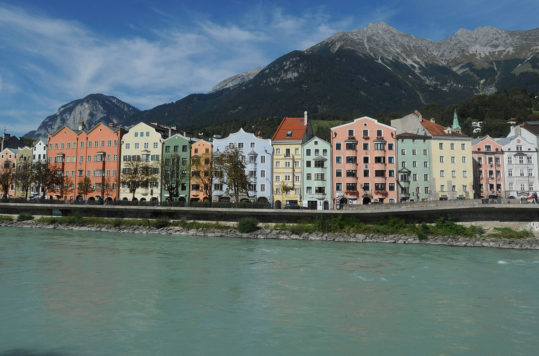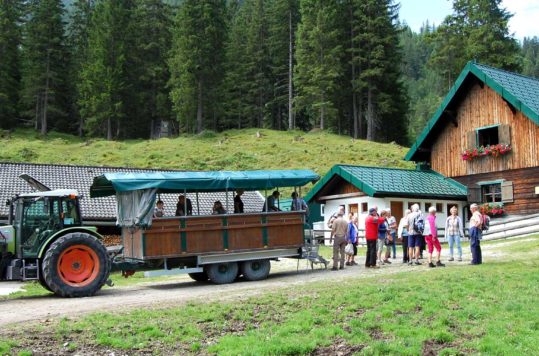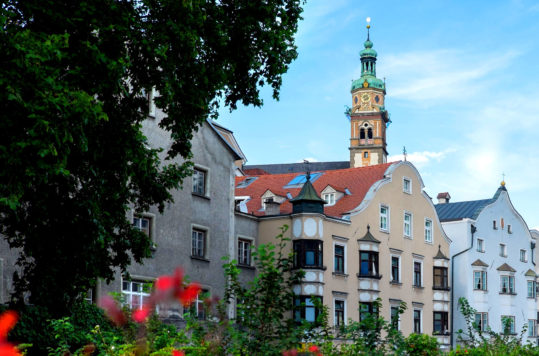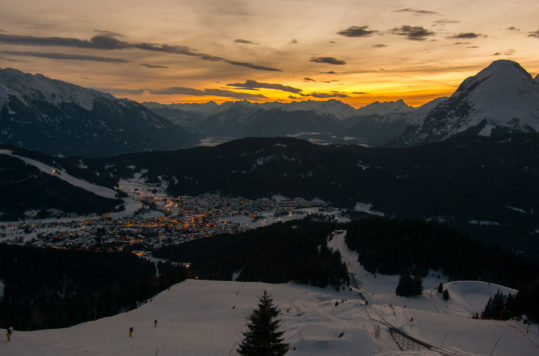Tyrol evokes images of majestic mountains and deep valleys dotted by picture-postcard villages. To many, this is also the dream image of Austria – rightly so.
The Alps dominate Tyrol. The spectacular nature in Austria’s third-largest state is perfect for outdoor activities in summer and winter. The alpine landscape dominates the state, with more than 500 peaks higher than 3000 meters above sea level. Despite that, Tyrol has gained much of its fame as a prime tourist destination from ski-tourists. The state also has much to offer the rest of the year.
Nature and Culture
When you think about Tyrol, it often creates images of high mountains, alpine ski resorts, typical Tyrolean houses, pastures filled with flowers and grazing cows, and old wooden farm buildings. This is correct to a certain extent. Nonetheless, the Alpine State in western Austria has far more facets. The Tyroleans are concerned about their nature and cultural heritage and hold on to many old traditions. Throughout the year, countless folklore and traditional festivals are organised around the state. Check out the events calendars on the local tourist offices’ websites.
Unending hiking trails
As soon as the snow starts retreating under the spring sun, hiking boots come out of the wardrobes. An impressive 24.000 kilometres of hiking trails crisscross the state. The variety of hiking routes is equally extraordinary. No matter your shape or interests, a path is always suited for you. Plenty of cable cars and ski lifts run during summer, allowing families with small children and even wheelchair users to taste Tyrol from above. However, summer in Tyrol is not only about hiking.
< Click on the images to enlarge >
Water sports
Tyrol has no large lakes like neighbouring states such as Salzburg or Carinthia. However, water is not in short supply due to all the snow falling in the mountains every winter. You will find many small lakes and waterways scattered throughout the state, with possibilities for water sports. Kössen, for example, is known for white-water rafting on Großache, which flows north through the swamp Entenlochklamm on the border with Germany. The Achensee (lake) is popular for sailing and windsurfing.
Winter sports
The Alpine Skiing World Cup has firmly put many Austrian ski resorts on the tourist destination maps. Places like Kitzbühel, Sölden, and St. Anton, to mention a few, have gained fame beyond the European alpine skiing community. Nonetheless, you should not overlook ski resorts such as Zillertal or Seefeld. Tyrol in the winter is not only about alpine skiing. There are fantastic cross-country skiing, ice skating, tobogganing, winter hiking, or snow-shoe hiking opportunities. Tyrol evokes images of winter wonderlands, steep slopes, and smashing after-ski parties. For many, the ultimate embodiment of alpine Austria, and rightly so. Winter sports are one of many reasons that make the alpine state a skier’s paradise in winter and a hiker’s paradise in summer.
ADVERTISEMENT
East Tyrol (Osttirol)
A small part of Tyrol is separated from the rest of the state by a sliver of SalzburgerLand. This occurred when Austria was forced to cede the southern part of Tyrol to Italy as part of the peace agreement after World War I. East Tyrol is as mountainous as the rest of the state and offers a fantastic range of winter sports. There are beautiful, sparsely inhabited valleys to explore and stunningly scenic roads to travel by car, motorbike, or bicycle. The eastern part is still firmly connected to its southern part in many ways, albeit separated by an international border in Italy.
South Tyrol (Alto Aldige / Südtirol)
Because even though South Tyrol is part of Italy, at heart, it’s still a part of Tyrol. Until 1918, it was part of the Austro-Hungarian princely County of Tyrol, but this almost completely German-speaking territory was occupied by Italy at the end of the war in November 1918 and was annexed to the Kingdom of Italy in 1919. According to the 2024 census, 57.6% of the population used German as their first language; 22.6% spoke Italian. Hence, the culturally very similar Austrian state of Tyrol and the Autonomous Province of Bolzano – South Tyrol, in Italy, enjoy extensive cross-border cooperation.
Innsbruck – the capital of the Alps
Innsbruck is the largest city by far in Tyrol, with 132.000 inhabitants. The second largest, Kufstein, only has 19.000 inhabitants. Many call Innsbruck the capital of the Alps, which it shouldn’t have any difficulties defending. Nonetheless, the city is small enough to see most places of interest on foot. It has a well-preserved historic city centre. If you want to see the Bergisel ski jump or Ambras Palace, you’re better off using public transport. Stunningly grand snow-capped mountains surround the city in the middle of the Inntal, both to the south and north.
For more info, check out these links: Tyrol Tourism & East Tyrol Information.

